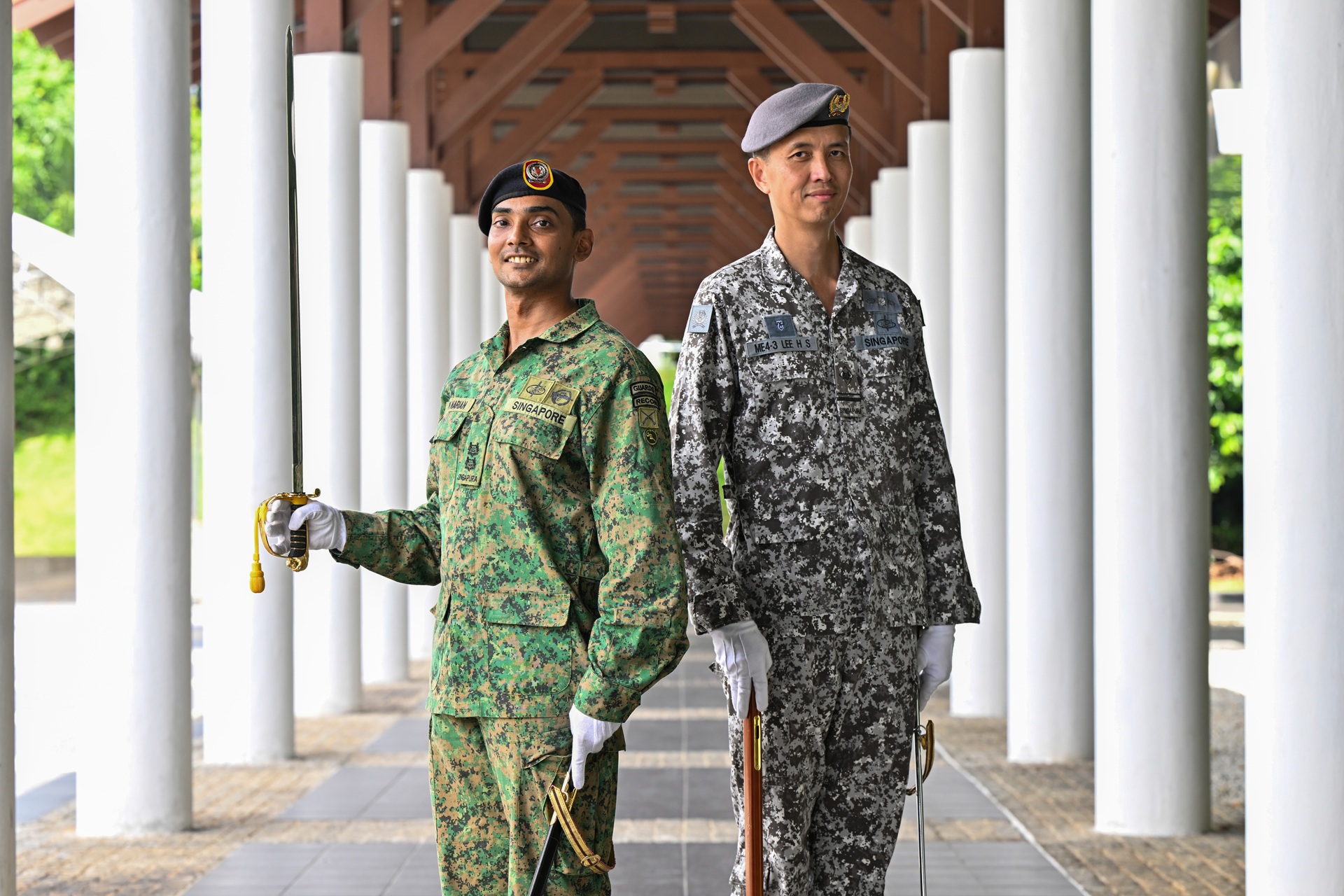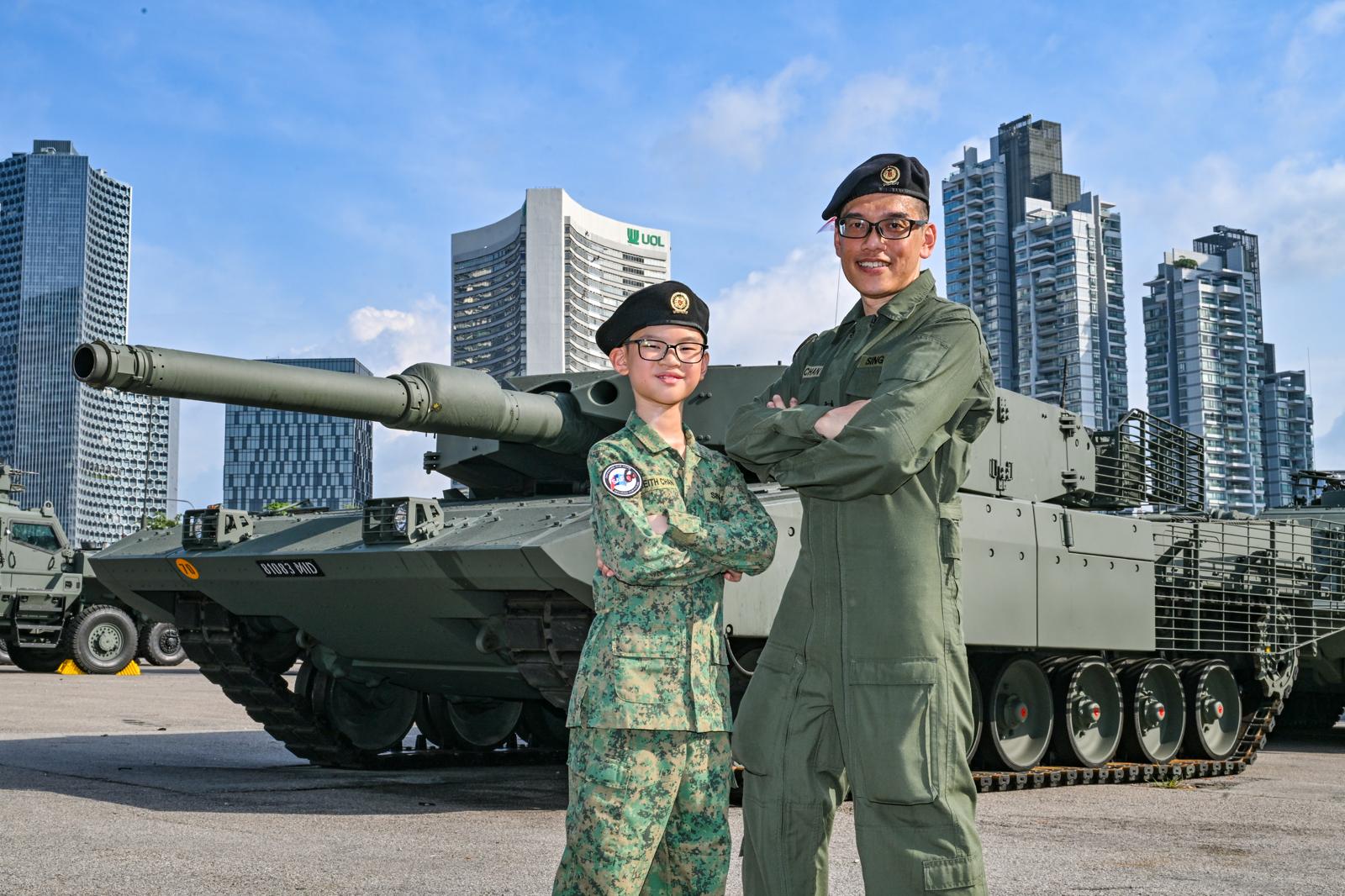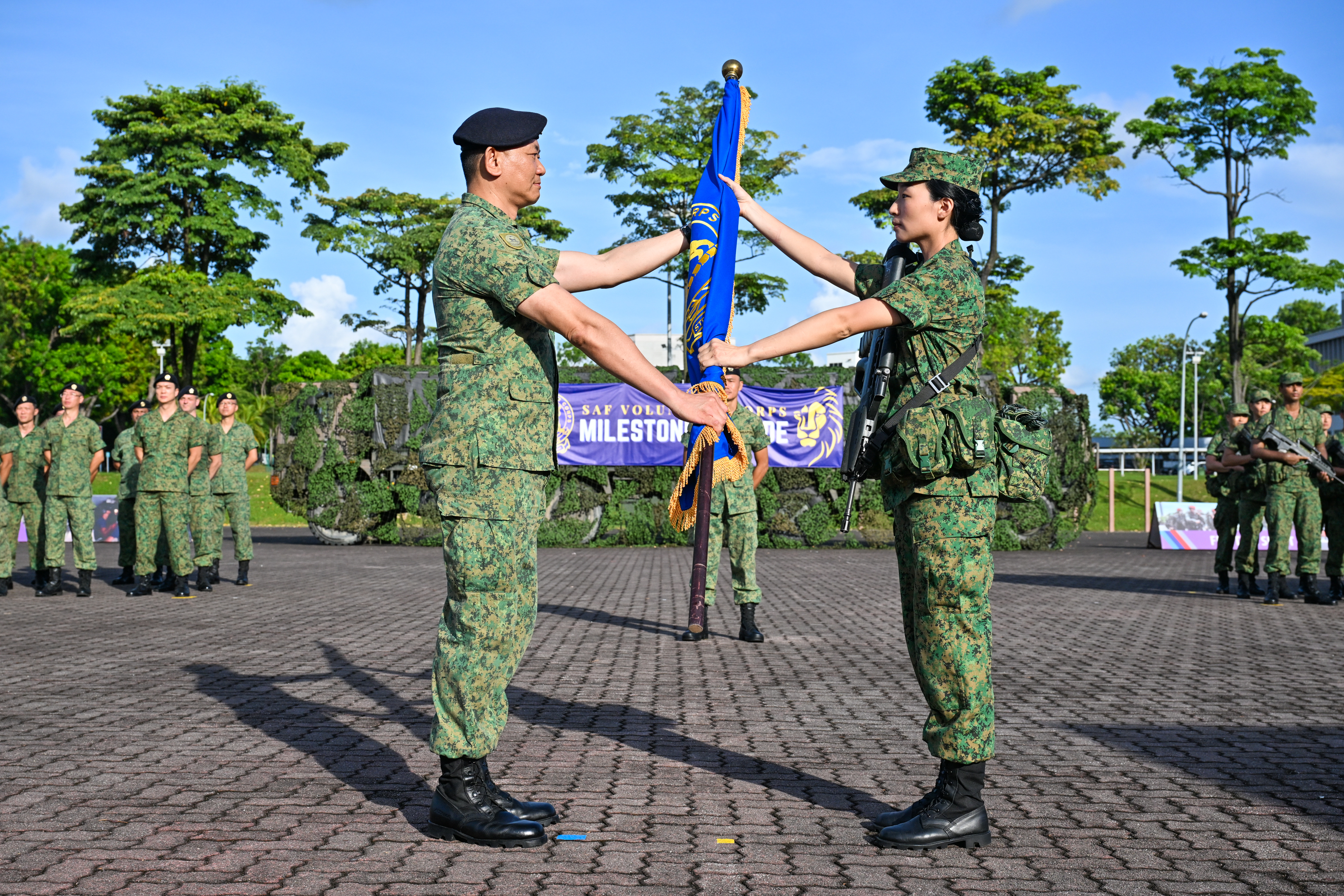PRIMED TO 5AVE 0THERS
To celebrate the Singapore Armed Forces Medical Corps' (SAFMC's) 50th anniversary, PIONEER presents its very own MED50 Dictionary to take you through the A to Z of "Seeking Excellence, Saving Lives and Serving the SAF" over five decades.// REPORT BENITA TEO
// PHOTOS PIONEER PHOTOGRAPHERS & COURTESY OF THE SAFMC
TRAINING
Army Medical Support System
The Army Medical Services' 3rd Generation Army Medical Support System provides medical support for soldiers in the battlefield. The five-step system ensures that casualties receive medical attention at every juncture and have the best chances of survival and recovery.
1. Frontline Combat Medic
He is the first responder - trained and equipped to manage a wide spectrum of injuries arising from modern warfare. He carries medical equipment like a tourniquet and intravenous fluids that allow him to keep the casualty alive until he can reach the next level of medical care.
2. Battalion Casualty Station (BCS)
The rapidly deployable automated platform is equipped to provide Advanced Trauma Life Support within the hour. For urban operations, the medical variant of the Belrex Protected Combat Support Vehicle launched in 2016 can be configured as a BCS.
3. Medical Company/Mobile Surgical Team
These field surgical units are deployed at the brigade level and can perform damage control surgery within two hours of injury. They comprise a modular operating theatre and high-dependency unit.
4. Combat Support Hospital (CSH)
Run by a multi-disciplinary team of specialists, the CSH is made up of scalable, mobile, climate-controlled tents and containers. Satellite and radio communications allow medical teams in the field to exchange information and expertise with specialists in the CSH.
5. Base Hospital
Hospital staff take over the treatment and rehabilitation of the casualty on arrival at the base hospital.
6. Land & Aeromedical Evacuation
Combat ambulances equipped with communication, navigational and life-support systems carry the casualty between each stage of care. Critically injured casualties are evacuated directly to the hospital via CH-47 Chinook helicopters equipped with the Air Mobile Life Support Unit II. This advanced aeromedical evacuation equipment allows medics to perform Intensive Care Unit-type monitoring and procedures on board the aircraft.
MISSION
Brothers in arms
It was one of the darkest days of Singapore's post-war history. Hotel New World collapsed on 15 Mar 1986, killing 33 and leaving others trapped in rubble and darkness.
Over four days, then-Lieutenant Colonel (LTC) (Dr) Lim Meng Kim led more than 500 personnel from the SAF Medical Services, former Singapore Fire Service, Singapore Civil Defence Force (SCDF) and Singapore General Hospital to remove debris and rescue survivors.
The SAF set up emergency tents at the site to treat rescued victims and deployed military ambulances and helicopters to evacuate casualties to the hospitals.
This was the biggest rescue operation jointly helmed by the military and civil forces. Through their combined efforts, all 17 survivors were eventually rescued.
Regionally, the SAFMC has participated in various Humanitarian Assistance and Disaster Relief (HADR) missions, the biggest of which were the rescue and relief efforts to victims of the 2004 Boxing Day tsunami that hit Indonesia and Thailand.
TRAINING
Combat Casualty Care
A soldier has been shot on the battlefield. He's bleeding out, fast. Calmly but quickly, the medic leopard-crawls to him. The combat application tourniquet is applied to the open wound, stemming the bleeding and keeping the soldier alive until he can be evacuated for further treatment.
This is part of Tactical Combat Casualty Care (TCCC), in which medics learn to reduce preventable combat death such as severe bleeding from the extremities.
After the immediate care described above, the casualty is moved to a covered area and the medic begins Tactical Field Care based on MARCH (Massive bleeding, Airway, Respiration, Circulation and Hypothermia) guidelines. Finally, he accompanies the casualty to a medical treatment facility, giving Tactical Evacuation Care along the way. The TCCC system was introduced to the SAF by medical personnel who returned from Operation Blue Ridge in Afghanistan (see "Rebuilding lives".)
The SAF Medical Training Institute (SMTI) also conducts TCCC training for servicemen before overseas deployments to equip them with emergency life-saving skills, in the event that a medic is not available.
1. Early Access
2. Bystander Aid + Early CPR
3. Basic Life Support + Early Defibrillation
4. Advanced Life Support
5. Evacuation For Continuing Care
MISSION
Emergency Medical Support System
According to the Singapore Heart Foundation, the survival rate for cardiac arrest victims falls by seven to 10 percent with every minute of delay in administering Cardiopulmonary Resuscitation (CPR) and defibrillation.
The Emergency Medical Support System (EMSS), which is based on the international resuscitation protocol developed by the American Heart Association, is a robust system put in place to ensure immediate and escalating medical assistance to victims of heart attack, heat-related injuries or other medical emergencies. It follows a five-step "Chain of Survival" (see diagram).
As part of Basic Military Training, soldiers are trained in Buddy Aid, where they learn to recognise and provide first aid for common injuries. They are also certified in performing CPR and using the Automated External Defibrillator.
In 2015, the EMSS was enhanced with the introduction of the SAF Emergency Ambulance Service (EAS) to render medical assistance to and evacuate serious casualties quickly in training areas outside of SAF camps.
During such emergencies, the training unit will render medical assistance before evacuating the casualty to a previously identified Casualty Collection Point.
Concurrently, an EAS ambulance will be activated from one of six EAS launch bases spread out across the island. The ambulance then evacuates the casualty to the nearest restructured hospital while providing medical attention en route.
FORCE HEALTH
Fitter soldiers, stronger force
Healthier soldiers make for a more effective fighting force. This is the belief behind the new Soldier Health Framework (SHF) that was introduced this year. Spearheaded by the Military Medicine Institute, it aims to drive health promotion that is soldier-centric and meets the SAF's unique operational requirements.
The framework identifies Living Well, being Productive and achieving peak Performance as three key areas of focus for the individual soldier and the organisation.
By working on the following six areas: active living, taking ownership of one's own health, a healthy and safe workplace, clean living, healthy eating and maintaining a balanced lifestyle, they will be able to achieve a Healthy Body, stay Mission-focused in their work, and be Fit for Life.
FORCE HEALTH
Infectious disease prevention
The SAF Biodefence Centre (BDFC) was set up under the Force Medical Protection Command to identify and eradicate biological threats in the SAF's peacetime operations. It monitors infectious diseases within the SAF and manages outbreaks.
The BDFC carries out surveillance and risk assessment of biological and infectious disease threats to provide early warning of outbreaks, and studies patterns and demographics to implement specific protection measures.
The centre also works with partners such as DSO National Laboratories on research and development efforts to enhance the SAF's bio-surveillance and biodefence capabilities.
The BDFC also spearheads developments in niche areas in biodefence. For instance, a prototype simulation model on infectious disease transmission was created using data collected from servicemen carrying radio-frequency identification tags.
By mapping their movement and contact patterns within camps, analysts can track the spread of respiratory pandemics to devise policies on treatment and containment.
- BDFC personnel checking for mosquito larvae in malaria-receptive areas in Pulau Tekong.
HISTORY
July the first
An important date for the SAF medical fraternity. On 1 Jul 1993, HQ Medical Services was given the Regimental Colours by then-President Wee Kim Wee. Three years later on 1 Jul 1996, it was awarded the State Colours and officially renamed "Headquarters Medical Corps".
FORCE HEALTH
Keeping track of your health
Back in 1995, the SAFMC embarked on a large-scale Electronic Medical Records system to manage health-related information and medical logistics in the SAF.
The Patient Care Enhancement System, or PACES, became the first of its kind in Singapore and reached across 36 medical, 11 dental and four specialised centres in the SAF.
Today, the system is on to its third iteration. With new features like the eHealth Portal, servicemen from pre-enlistees to Operationally Ready National Servicemen can access their personal health records and military medical information. This also allows them to keep track of their medical issues and take charge of their health.
FORCE HEALTH
Medic!
The first word out of any injured soldier's mouth.
HISTORY
November
The SAFMC came to life on 3 Nov 1967, when the Senior Medical Officer's Department was established. Its purpose was to provide medical care for Regulars and national servicemen, the first batch of which had enlisted just three months earlier. Dr Jimmy Choo, a surgeon seconded from the Ministry of Health, was its first chief, known as the Senior Medical Officer.
This November, the SAFMC celebrates its golden jubilee. As part of the celebrations, a special MED50 commemorative book was published to mark the occasion. Members of the SAFMC will also come together for a family day on 11 Nov and a dining-in on 16 Nov.
FORCE HEALTH
One-stop heart screening
Every soldier needs a good heart - literally. To provide pre-enlistees and servicemen with specialised cardiac screening and consultation services at a centralised facility, the SAF Cardiac Fitness Centre (SCFC) was established in partnership with the National Heart Centre Singapore (NHCS).
The SCFC helps determine soldiers' medical classification and medical fitness for operational and training activities more efficiently, potentially shortening pre-enlistees' enlistment waiting time. It also provides a one-stop screening service, treatment and management of their conditions - made possible by its co-location with NHCS.
The SCFC reflects one of the SAFMC's many close partnerships with national healthcare institutions.
Its co-location also puts it near the National Heart Research Institute Singapore, facilitating closer research collaboration and enabling the SAF to collate and study the health profiles of pre-enlistees and servicemen.
FORCE HEALTH
PES what?
The first contact that most guys will have with the SAF is probably at the Medical Classification Centre, where they will eventually find out their Physical Employment Standard (PES) status after their pre-enlistment medical check-ups at the Central Manpower Base. The SAF Specialist Advisory Board and SAF Medical Advisory Boards are also consulted when necessary. Enlistees' PES outcomes will play a part in determining their National Service vocations and whether they'll have to chiong sua (literally translated as "dashing up the mountain").
TRAINING
Qualified & certified paramedics
Did you know that the SAF, together with the Ministry of Home Affairs (MHA), was the first to introduce paramedic training in Singapore?
In 1996, the Ministry of Defence (MINDEF) and MHA collaborated with the Paramedic Academy of the Justice Institute of British Columbia to equip Singaporeans with emergency lifesaving skills.
Since then, SMTI has been training operational paramedics in both the SAF and SCDF in operations ranging from daily dispatch and ambulance calls to mass casualty scenarios.
Leveraging the SMTI's experience in paramedic training, the SAF teamed up with the SCDF in 2015 to introduce the National Paramedic Training and Education roadmap.
This multi-agency effort charts out pathways for paramedics to deepen industry-relevant skills and knowledge and pursue professional upgrading.
New programmes under the roadmap include the SAF's enhanced emergency medical specialist course and new local diploma and degree programmes in paramedicine.
MISSION
SG50 operation
While most Singaporeans were enjoying the nation's biggest birthday celebration, a special group of people was working hard to be ready for the worst.
The SG50 NDP saw the largest local medical support operation conducted. Led by Colonel Ng Hock Sing, Senior Medical Staff Officer, 48, over 500 medical personal - three times more than for any other NDP - as well as 32 ambulances and three SAF BCSes were stationed around the Padang, Marina Bay and Suntec City areas to provide healthcare and emergency medical services to about 200,000 audience members and parade participants.
These included SAF medics and MOs, uniformed group volunteers, and medical teams from local hospitals. The SAF's Medical Response Force was also deployed with the SCDF to manage potential mass casualty incidents.
TRAINING
Transforming medic training
To help today's tech-savvy soldiers learn better and exploit the latest methods and technologies in medical training, the SMTI is embarking on a Curriculum Transformation Exercise to enhance learning environments and teaching methods. For example, the SAFMC Complex now has two state-of-the-art classrooms with facilities like online forum sharing and interactive smart whiteboards to give trainees a conducive learning space and encourage open group discussions.
SMTI instructors now also get an upgrade by attending Continuing Professional Education at the National Institute of Education. This is to equip them with the latest teaching methodologies and enable them to facilitate learning that is interactive and engaging for trainees.
TRAINING
Underwater lifesavers
Imagine being the only medical personnel on board a ship, only it's an airtight capsule hundreds of metres underwater. Or "dry diving" with a casualty in a hyperbaric chamber to treat his decompression illness (DCI).
It's just a day in the life of a Republic of Singapore Navy's Underwater Combat Medic (UCM). Their speciality is hyperbaric medicine, where they are trained to treat DCI patients by "diving" with them in the hyperbaric chamber, which simulates the pressure of varying depths below sea level.
Their patients could be Naval Divers who have had to surface quickly in an emergency, or an unconscious submariner being evacuated to a hospital on land.
Due to lean crew manning on board ships, the UCM is sometimes the sole medical personnel. Thus, they are also trained to work independently.
Among these UCMs is ME1 Jeffrey Goh. He recently completed a one-year Independent Duty Corpsman course overseas, where he learned to operate on a level close to that of an MO in preparation for being deployed on a submarine.
For the 25-year-old Submarine Medicine Supervisor, this means being able to prescribe drugs and perform incisions or insert chest tubes in an emergency, while still carrying out his UCM role.
He said: "Our UCMs are very independent and versatile, because we are the sole medical provider on the submarines. Everything is geared towards how we can handle things singlehandedly to manage and stabilise the patient."
FORCE HEALTH
Vaccination
In close living quarters like SAF camps, even conditions like the common cold can spread quickly, disrupting training and operations. Since 2009, the SAF has embarked on the annual flu vaccination exercise, beginning with recruits at the Basic Military Training Centre and, later on, all MINDEF/SAF personnel. The vaccination programme has successfully reduced the number of flu infections. Likewise, the chicken pox vaccination programme for recruits, introduced in 2010, has also drastically reduced the number of outbreaks.
1. Medics extricate and evacuate casualties from "hot zones" - sites of CBRE attacks.
2. Medics give casualties a "hasty decontamination" before they are triaged according to the severity of their injuries.
3. Casualties are brought to the decontamination unit, where they are thoroughly scrubbed and sprayed down to remove all traces of toxic agents.
4. Casualties are scanned to ensure that they are free of contaminants.
5. Decontaminated casualties are treated by MOs and medics inside a modified Medical Decontamination/Transport Vehicle.
MISSION
Xtreme clean-up
They're not your usual medical force. The Medical Response Force is an elite unit of MOs and medics specially trained to rescue, decontaminate and treat the SAF's Chemical, Biological, Radiological and Explosives (CBRE) Defence team after an attack.
The Medical Response Force deployment process is divided into five sections (see diagram). In addition to scrubbing casualties of hazardous contaminants, these combat-trained medics and MOs also provide immediate medical treatment, ranging from basic surgical procedures to Advanced Trauma and Cardiac Life Support.
FORCE HEALTH
You, but better
A human fighting platform that is stronger, more well-trained, and better integrated with high-tech weapon systems. That is the soldier of the future that the new Centre of Excellence for Soldier Performance (CESP) wants to create.
Launching on 1 Dec, the CESP will bring together the Army Fitness Centre, Soldier Performance Centre and Soldier Systems Integration Laboratory to facilitate a holistic design for soldier training, equipping and rehabilitation.
"We consider our soldier as the integral platform for the Army because he carries payload and capabilities, and so he needs to be maintained and supplied," explained LTC (Dr) Alexander Gorny, 37, Head Soldier Development Branch, CESP. "These are the fundamental building blocks of our Army. We want to cherish this resource."
FORCE HEALTH
Zapping out Zika
Last year, Singapore reported its first locally-transmitted Zika infection on 27 Aug. One of those infected locally was an NSF from Khatib Camp. The BDFC's Environmental Public Health team surveyed camp grounds to ensure that they were free of mosquito-breeding spots.
Enhanced mosquito control measures were rolled out and educational materials disseminated to remind commanders and servicemen of precautionary measures to take when training outfield. These successfully helped to prevent the Zika infection from spreading further in SAF camps.
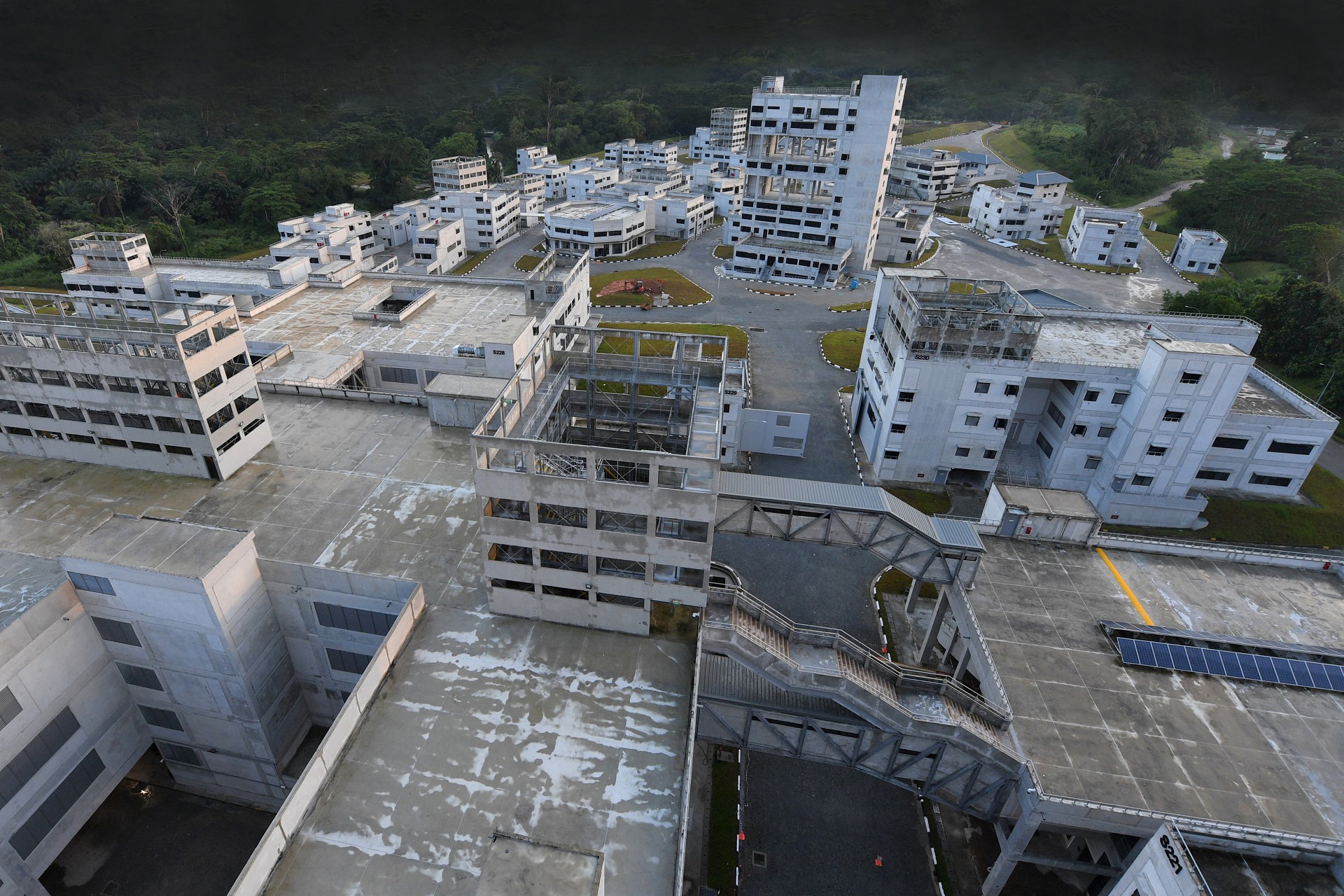
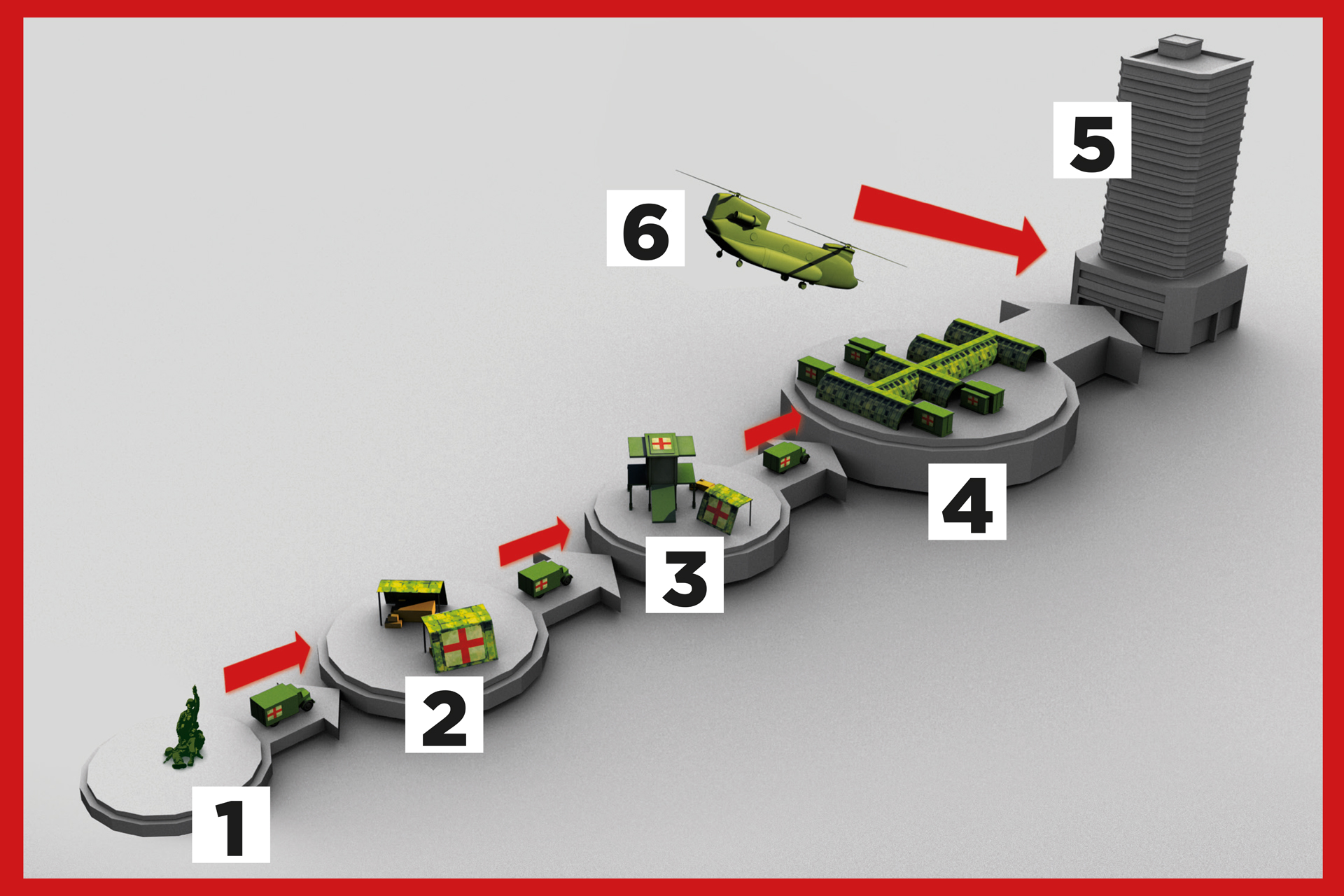
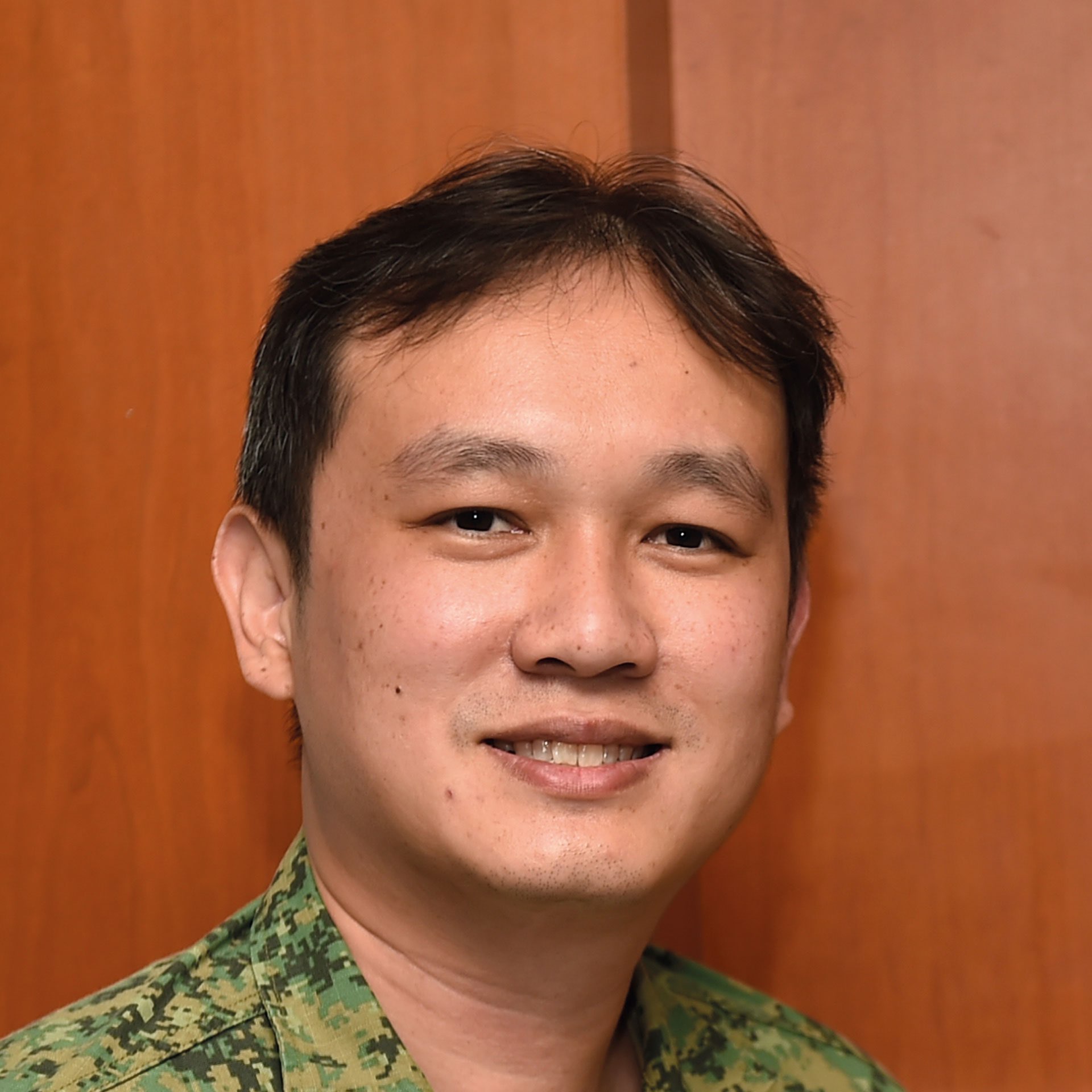
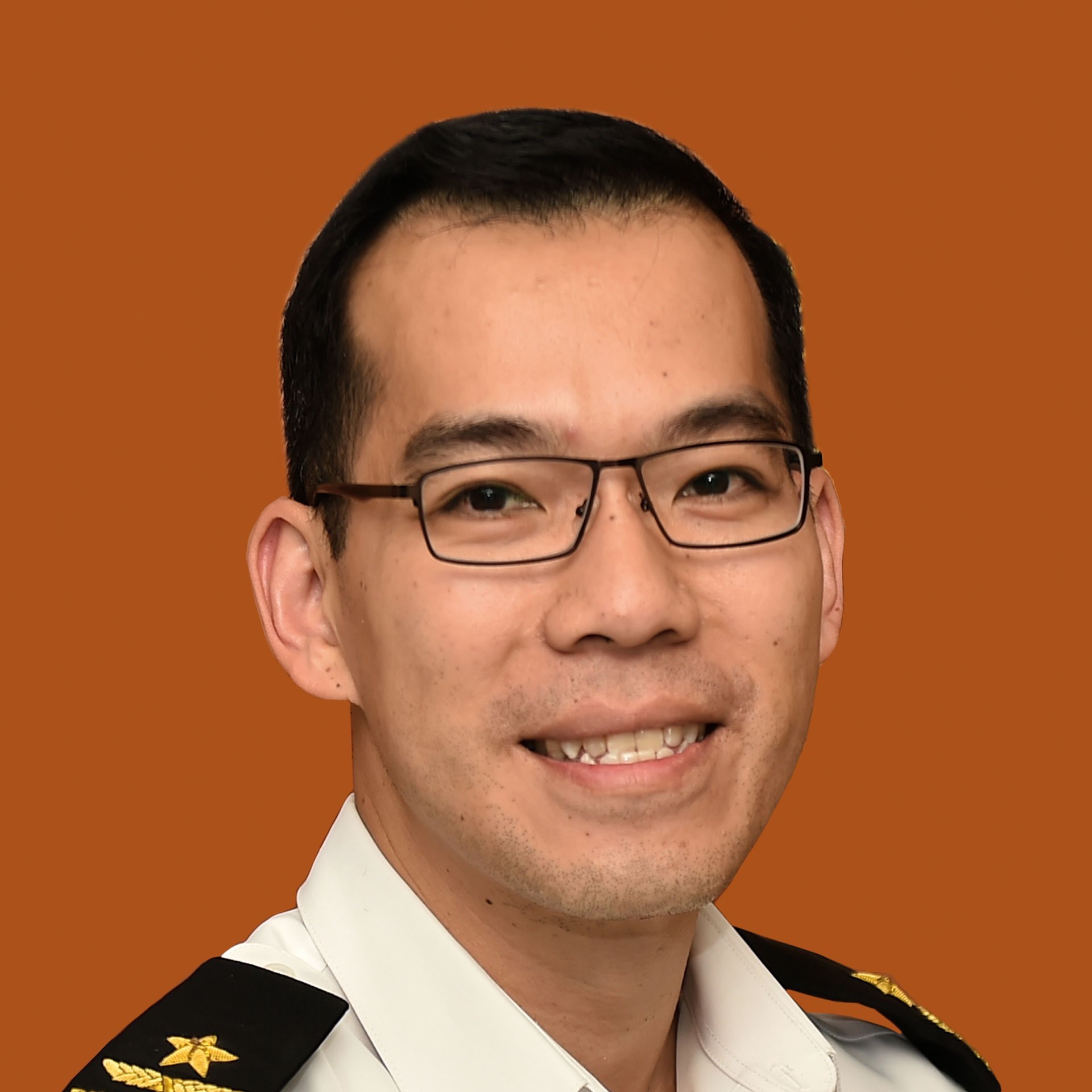
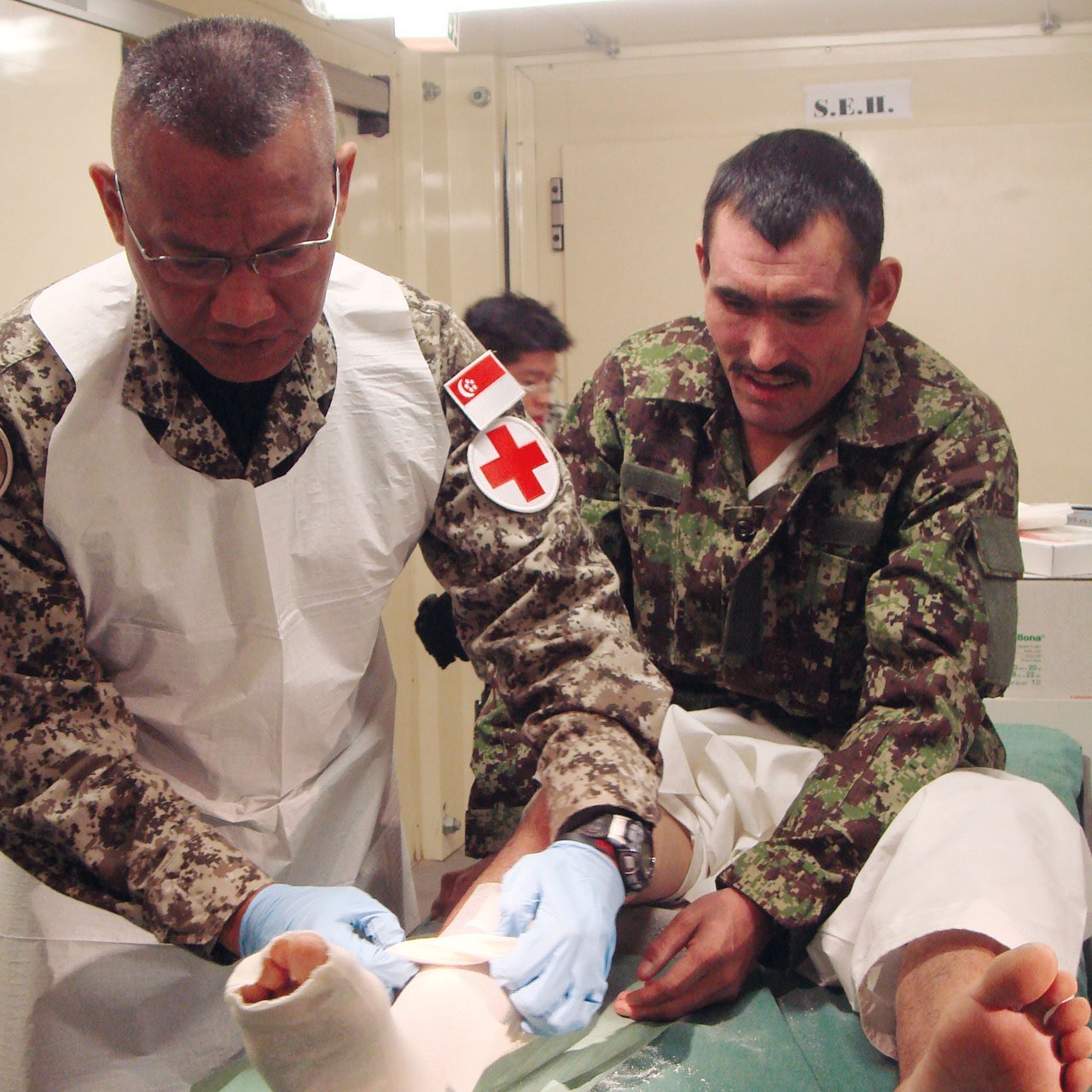
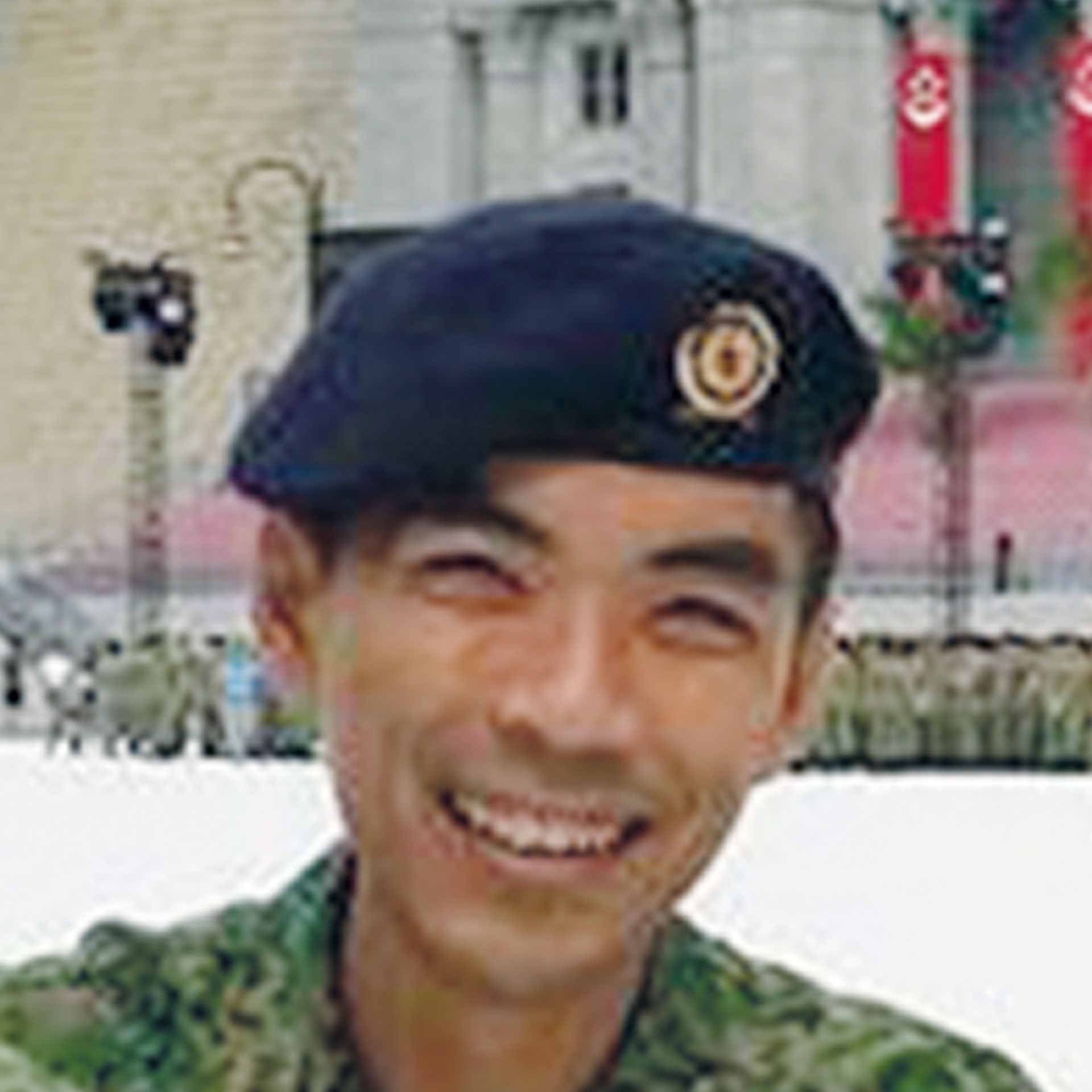
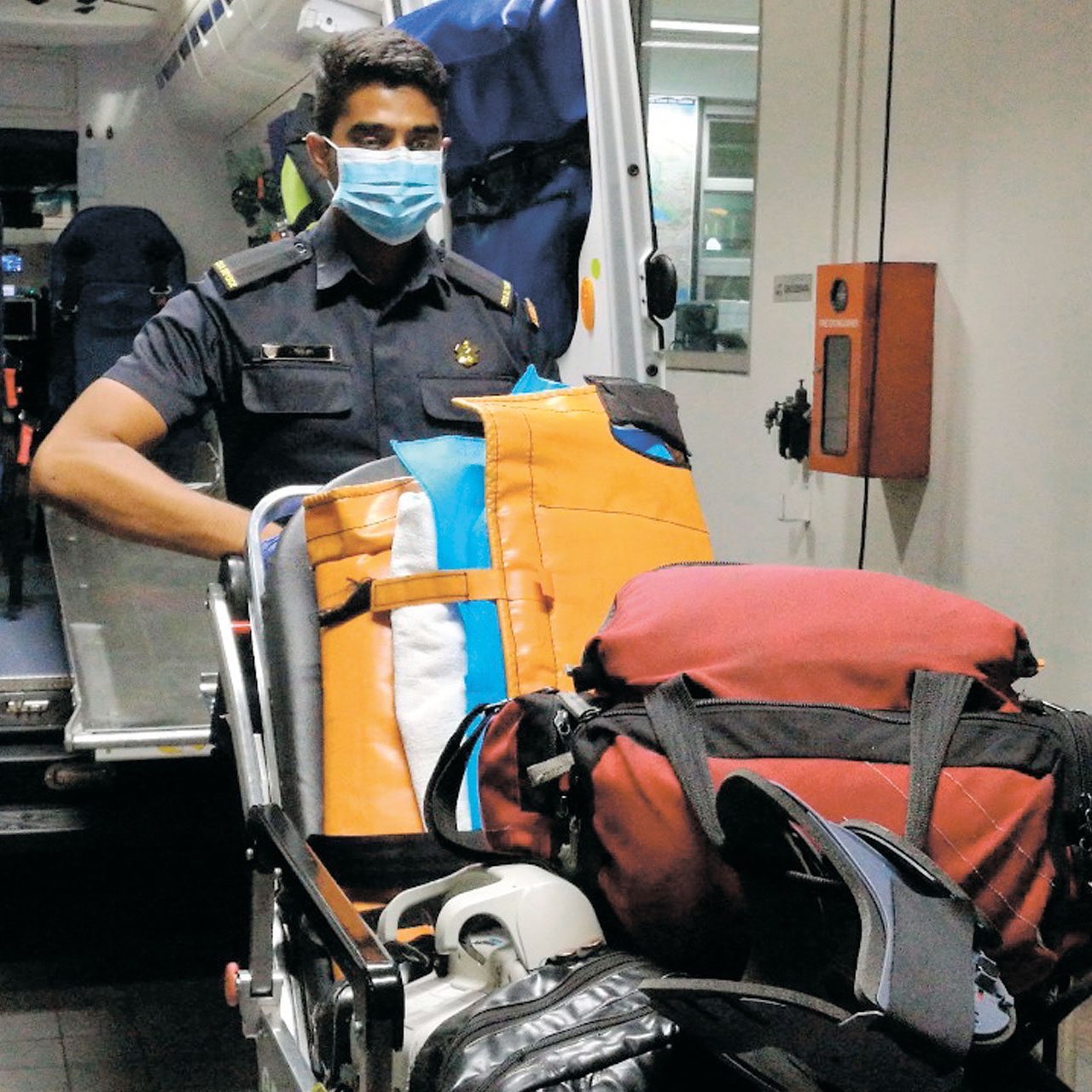
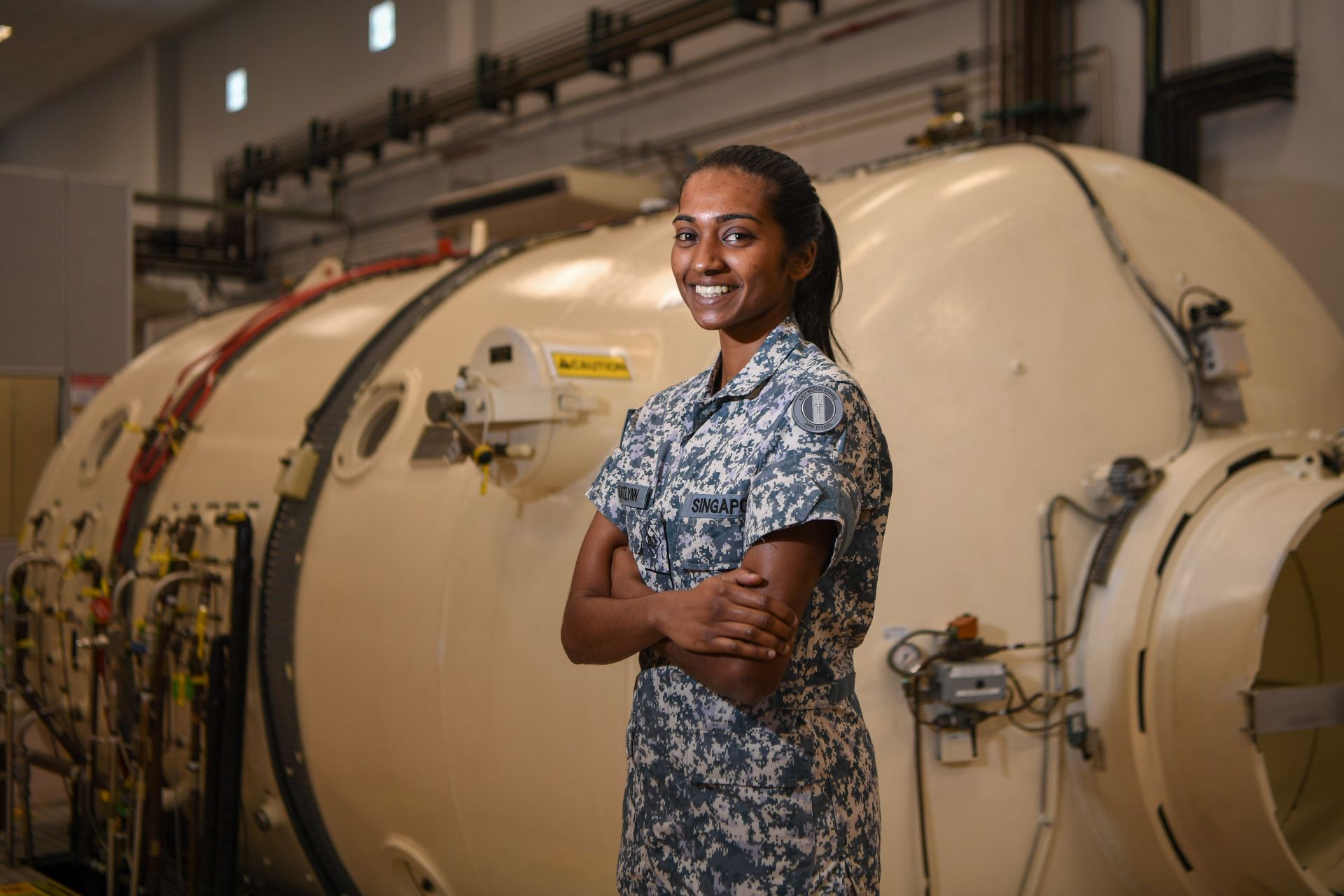
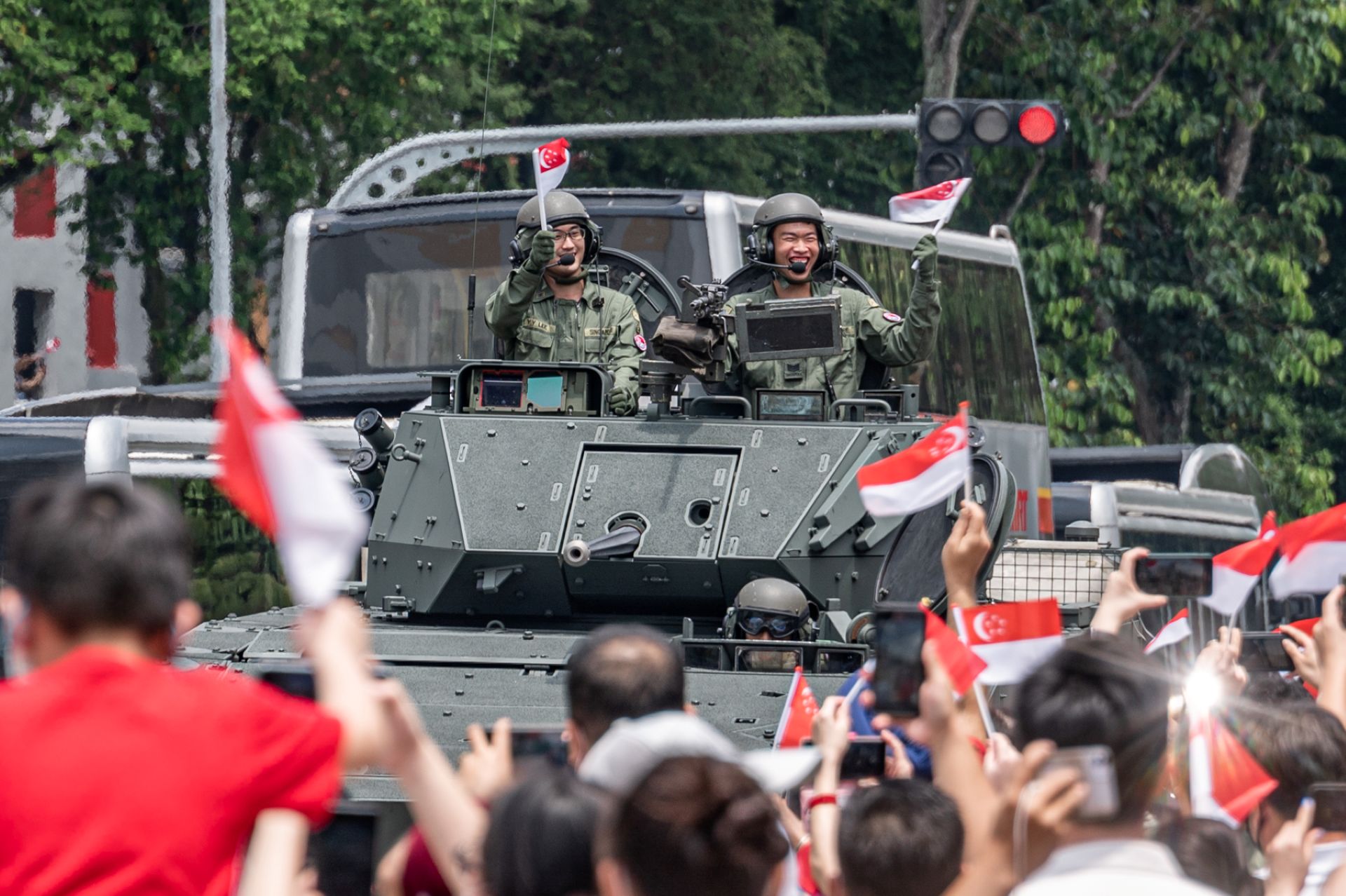
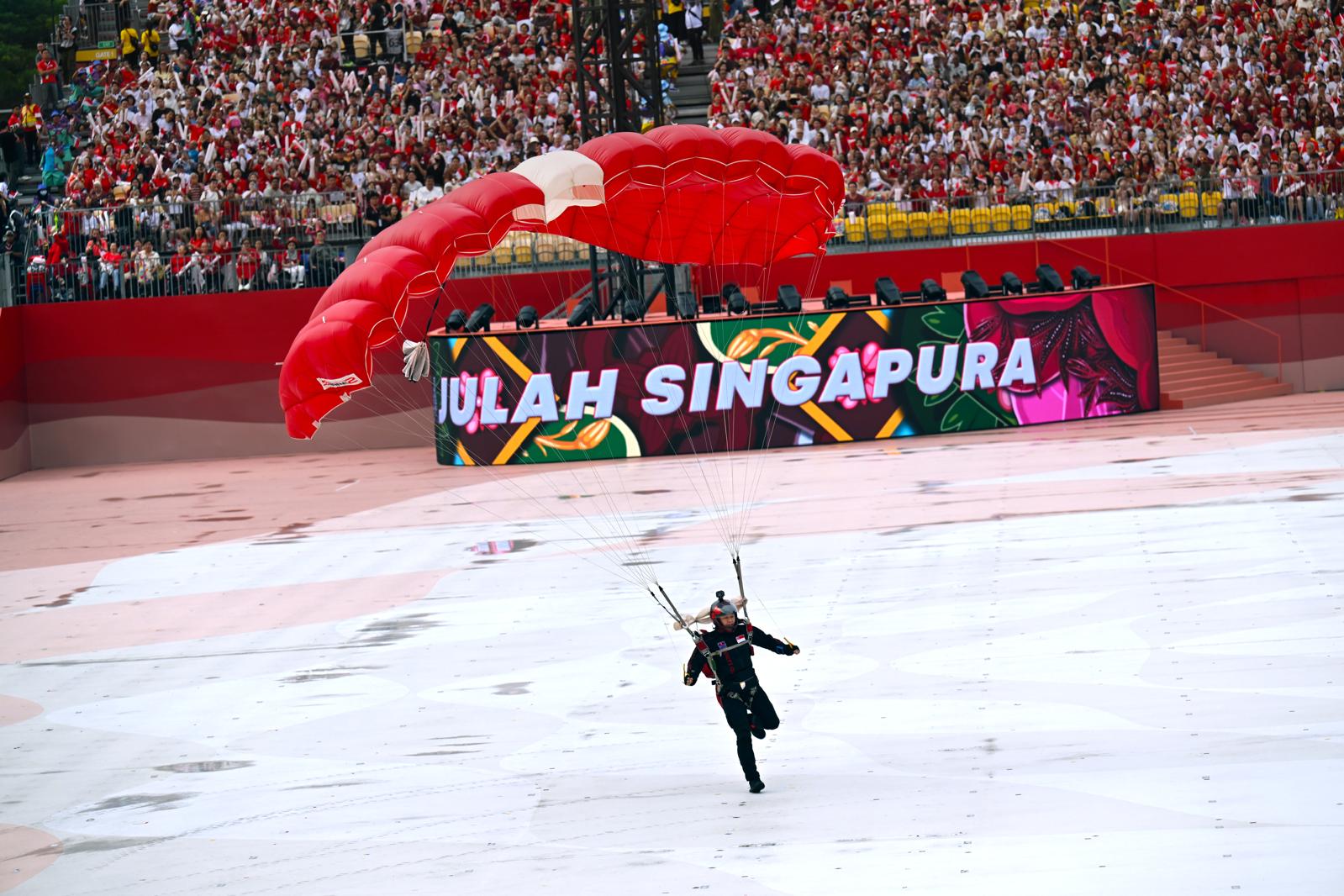
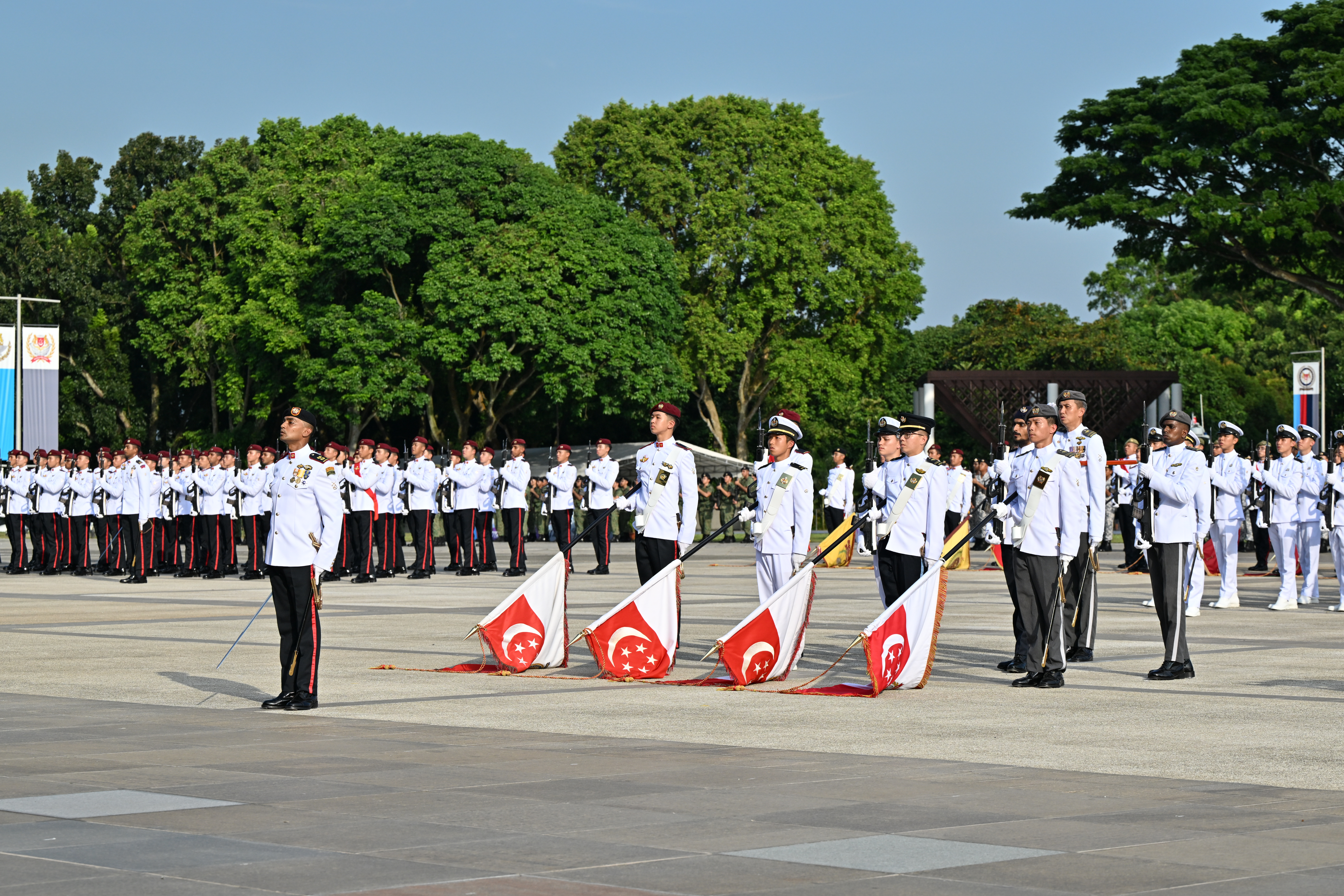
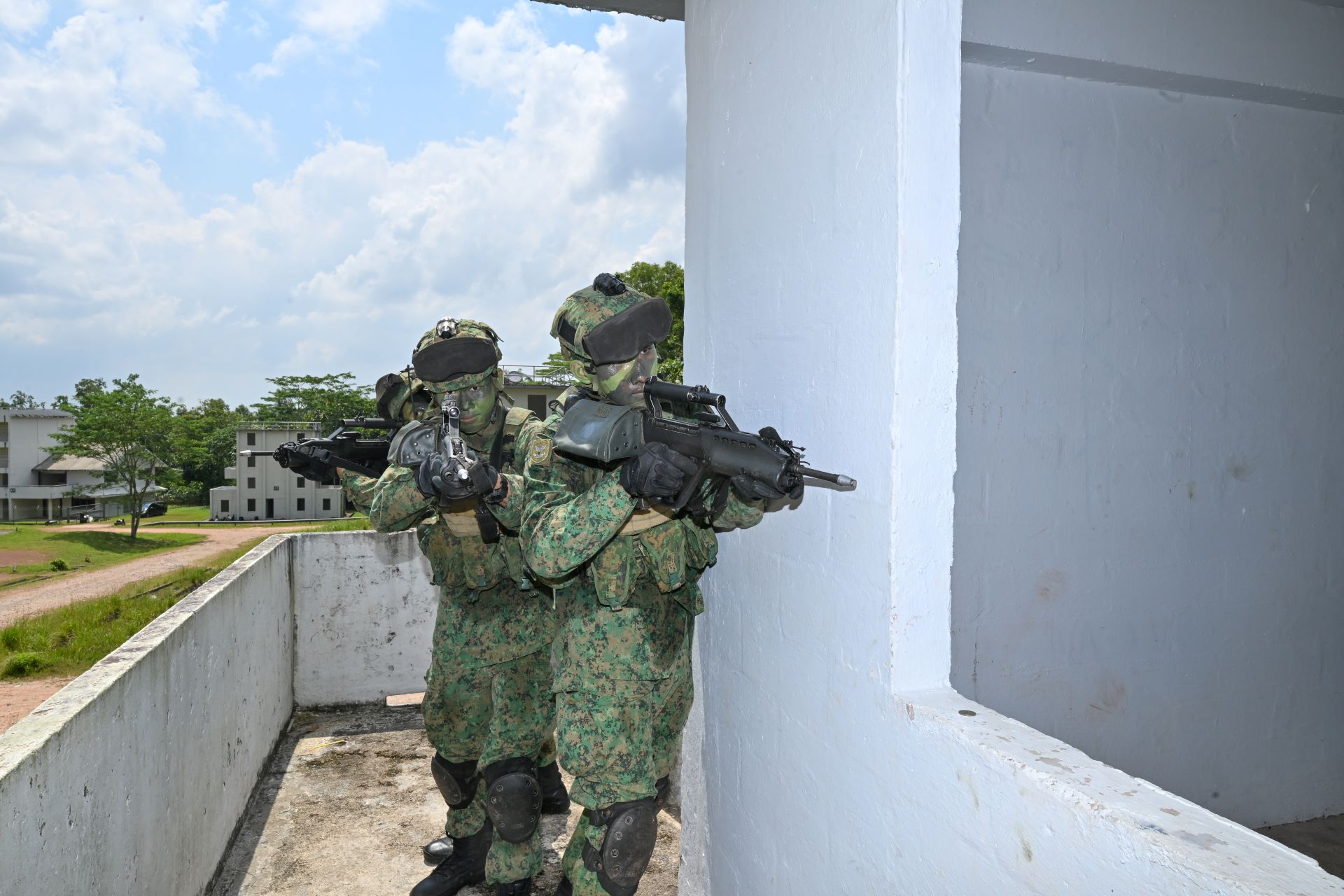
.jpg?sfvrsn=b5383902_1)
.jpg?sfvrsn=4eb1b86e_1)
